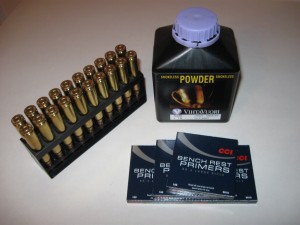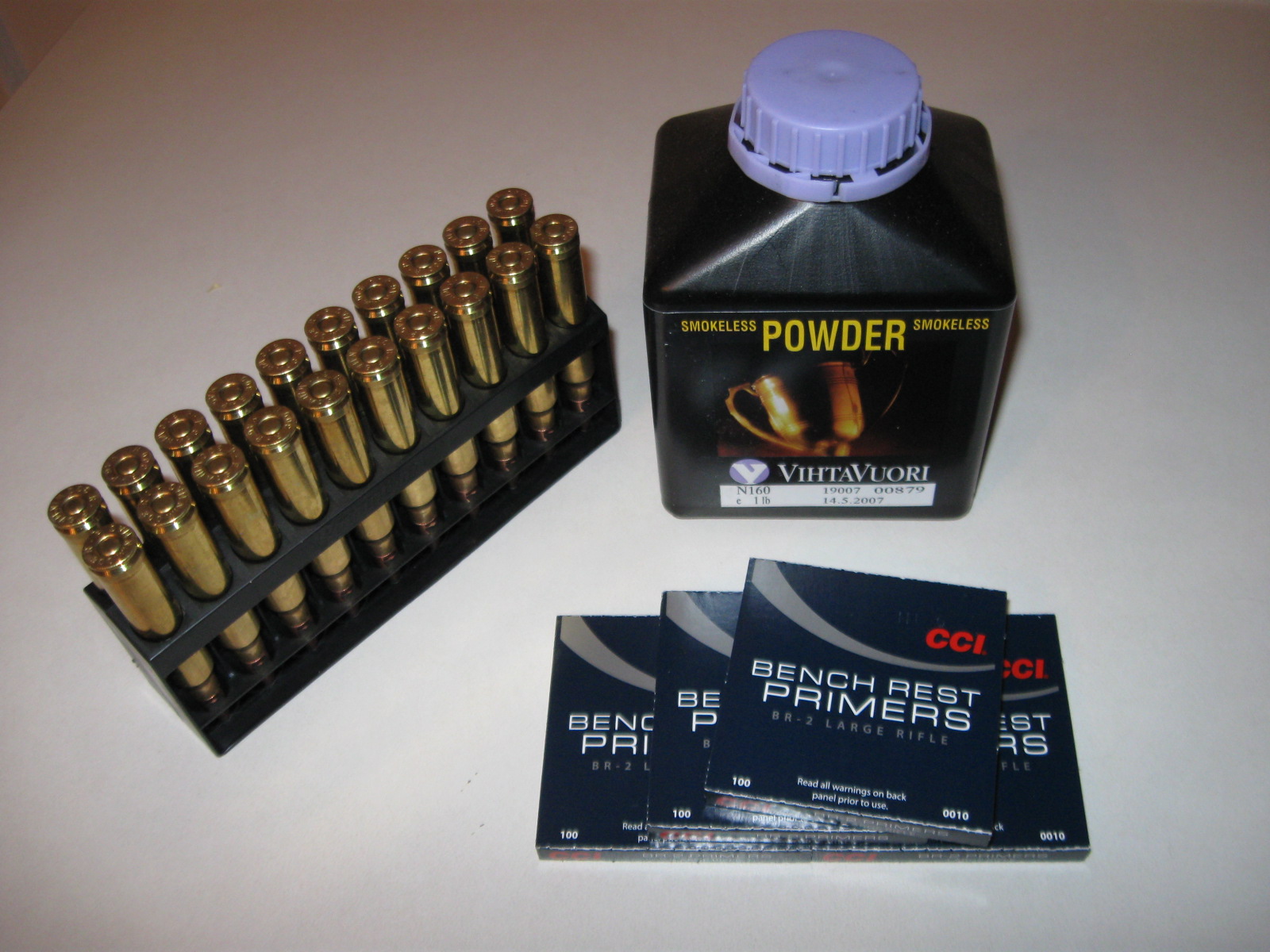
Several years ago I was heavily into research on precision rifles. I was interested in having a suitable long-range rifle built because I sincerely enjoy marksmanship. I enjoy the challenge of accurate shooting at ranges beyond 500 meters. I read a book called, The Ultimate Sniper by John Plaster. It is an excellent source for learning about long-range ballistic, principles of shooting, the effects of atmospheric variables on accuracy and a host of other shooting related principles. In my opinion the book provides one of the best overviews of long-range marksmanship even though it is from the perspective of a military sniper.
While reading the book, I was intrigued by the nature of the discussion on caliber and bullet weight. I suppose this is why we see many long-range shooters evaluating and many even selecting the .50 caliber as the platform for supreme long-range accuracy, although I would suspect that foot/pounds per second at the point of delivery is probably the deciding point for many of those selections. There is a healthy discussion on the merits of the 168 grain 7.62 mm standard NATO round. It definitely has its merits when match grade ammunition is used, but the bullet performance past 5-600 yards begins to suffer. Since that was on the lower range where I like to shoot I decided to focus on one of the magnum rounds; the .300 Winchester Magnum. The size of the casing, the hefty number of grains of powder, and the versatility of numerous different bullet weights to choose from solidified the decision for me. The combination of superb muzzle velocity and bullet weight made this an ideal 600 yard plus shooter. The problem was the cost of match grade ammunition. At the time I had my rifle built, a 20 round box of match grade .300 WM ammo was over $40.00. At $2.00 a shot there was not much shooting to be done on a fixed budget with a house, two cars and two young boys in the home. That is where I branched off into reloading ammunition.
Reloading afforded me the ability to load ammunition at tolerances which exceeded factory match grade loads and at about 25% of the cost, if you don’t factor in the cost of the reloading tools. I figure any tool added to the house is just part of the deal and we don’t talk cost. I’m glad my wife agrees with me on that point. I purchased a basic RCBS Rock-Chucker Master Kit, manual press with a few extra components. I did not choose a progressive loader which somewhat automates or speeds up the reloading process because my focus was on pure quality, not quantity. The versatility of the progressive system will be for reloading our 9mm, 5.56mm, and .45 cal ammunition. For the .300 WM I am strictly a manual guy. The purchase of such a complete kit provides the novice reloader nearly everything needed to begin reloading except three things; reloading components, a set of reloading dies and most important, knowledge.
I took my kit home and spent nearly a month reading, studying, talking with other reloaders and surfing the web. When I was satisfied that I was ready to start “building bullets” I set myself up in a quiet area of the house and began reloading precision rounds. I cannot emphasize enough the need to study and learn, because although reloading can be fairly straightforward, there are many hazardous pitfalls that can be ”catastrophous” (as we used to say in the Army) while reloading or on the range. Be careful, follow the rules, ask for guidance, and take your time. Do not reload when there are any distractions around, because breaking your chain of actions might result in you double loading a casing with twice the powder following a 30 second interruption by a family member.
The components for match grade reloading are also very important. I select only premium grade components for precision shooting; match grade casings, match grade primers and match grade bullets. I am convinced that you can get a far better load than factory, machine loaded, match grade ammo provided you are consistent in your measurements, procedures and care. Another thing that allows me to precisely control the accuracy of each round is to manually inspect each component by hand. I use a micrometer to measure the length of each 180 grain Boat Tail Spitzer round, reserving only the bullets that meet the tightest of tolerances and show no deformity in the tip. Any minor variation can change the coefficient of ballistics of the round or the total weight and at 1000 yards a very minor variance is compounded into a healthy miss distance. Each case is carefully inspected and once again measured with a micrometer and trimmed to exact case length before reloading. Cleaning and sizing the primer pocket seems innocuous, but that, too, can have an impact of the speed at which the powder charge ignites in the casing. Ummeasurable variations in ignition timing can affect the bullet’s velocity. An additional variance is the overall case length. The depth at which the bullet is seated in the casing can also affect the velocity. This too must be precisely measured. Many times I will load a test round with no powder or primer to validate the overall case length before proceeding. Differences in reloading temperature and humidity will also impact accuracy. Rounds loaded at 68 degrees and 20% humidity will perform differently at 1000 yards than will rounds loaded in 85 degrees and 80% humidity. Although this is not an all-inclusive list and is not is it intended to be a lesson in reloading, it does provide a basic perspective on getting started. Remember, the key is knowledge…so read as much as you can before you start.

